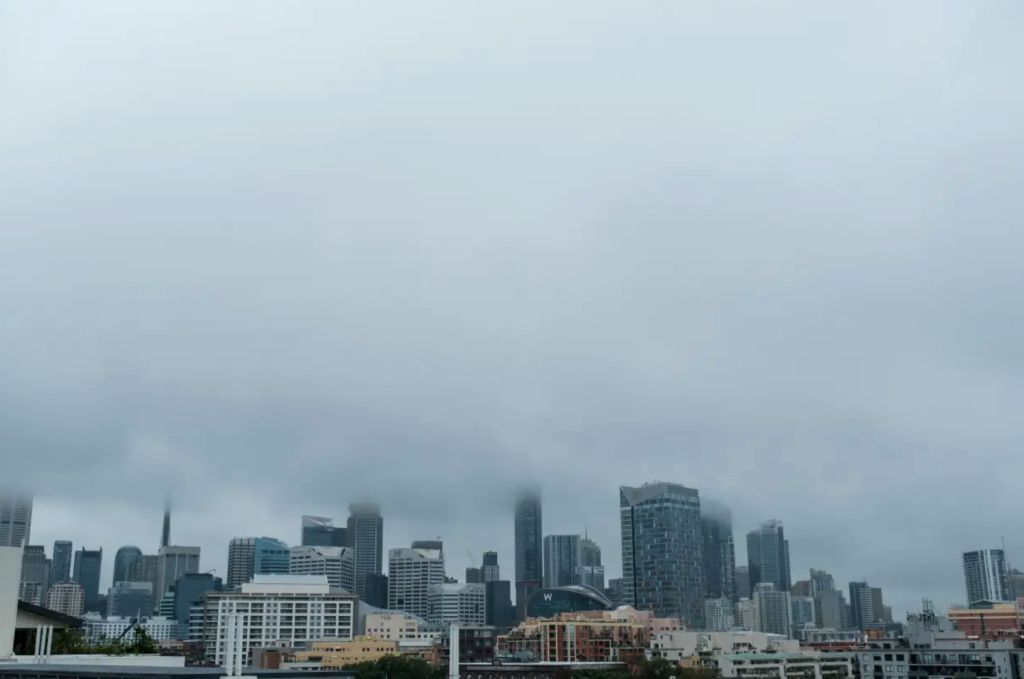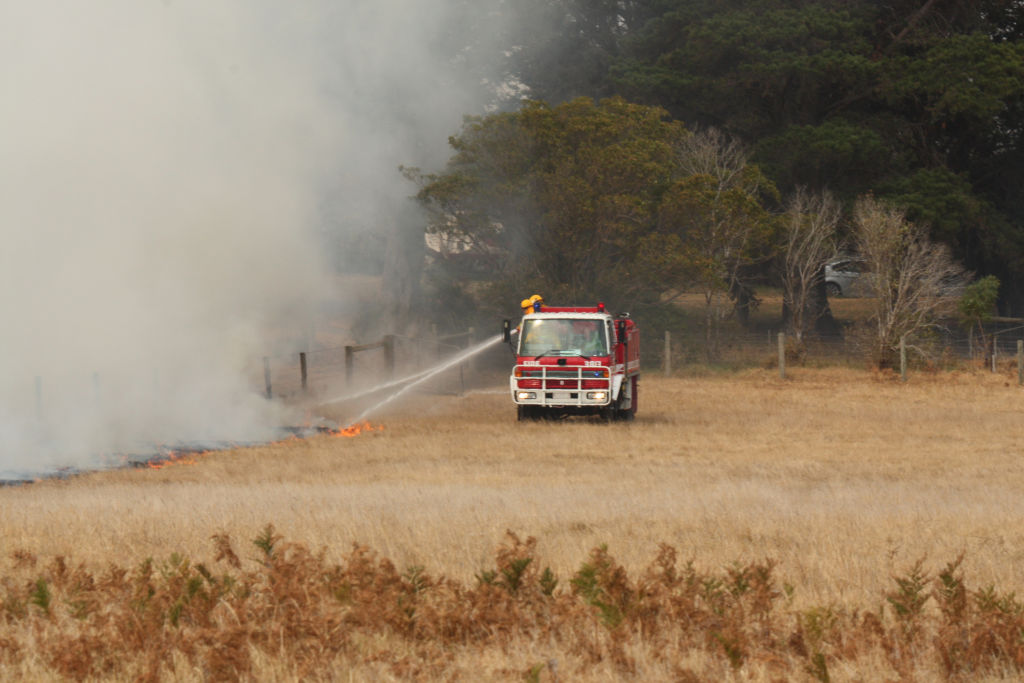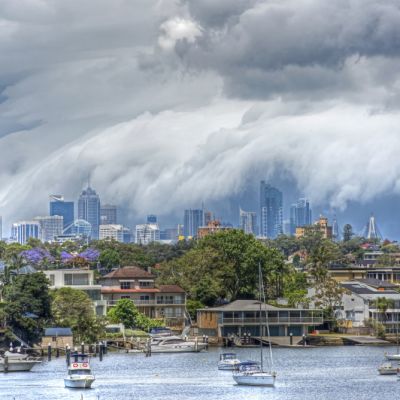What to do when home insurance costs rise

Been hit with a sky-high home insurance bill recently?
You’re not alone, with the price of insurance across the board rising 11 per cent in the year to December, according to Australian Bureau of Statistics figures (down from a peak of 16.4 per cent in March 2024).
Many home owners in high-risk areas grapple with the future impacts of climate change, which could leave some houses uninsurable – in turn affecting their value.
There’s no doubt it’s a risk to forgo home insurance altogether. So, what can you do to make things more affordable?
Why house insurance premiums are rising
“Wherever you live in Australia – whether you’re exposed to extreme weather or not – there is upward pressure being put on insurance premiums,” says Mathew Jones from the Insurance Council of Australia.
“This is because of the escalating costs of natural disasters, the increasing value of homes and vehicles making them more expensive to repair or replace, inflation pushing up repair costs, workforce and material shortages across industries, and the increasing cost of doing business for insurers.”

Data insights director Sally Tindall of comparison website Canstar says wild weather is a major factor.
“There’s been some horrible weather events, even in the last month, that will have resulted in significant insurance payouts, and that can ultimately push premiums up.”
Experts say that events like the devastating LA fires are likely to affect Australians’ hip pockets as global insurance companies try to recover their losses.
The impact of climate change on home insurance costs
One in 20 Australian homes is already uninsurable or unaffordable to insure, according to risk analysis modelling by the company Climate Valuation.
Chief executive Karl Mallon says climate change is likely to exacerbate existing hazards that can already make it challenging to insure homes in high-risk areas, such as flooding, fires, or extreme heat.
Dr Mallon says the “big end of town” often uses climate change data to increase insurance costs and may start turning away mortgage applications – if they aren’t already.

“That’s only going to get worse. So it’s a very buyer-beware market.”
Dr Mallon says many of his company’s customers are millennial home buyers who are switched on to climate change.
“They’re going, ‘I want to know if this is in a flood zone, or if I’ve got anything to worry about’.”
While buyers can do their research to try to avoid a “climate lemon”, Dr Mallon says it can be harder – but not impossible – for existing home owners, who may have to look at adapting their property to make it more resilient in the face of climate change.
Make sure you’re adequately insured
To avoid being underinsured on your home insurance, Moneysmart spokesperson Andrew Dadswell recommends finding calculators on insurers’ websites that use ‘elemental estimating’.
This type of calculation, which asks for detailed information, such as whether your home is built on a slope and the quality of internal fixtures and fittings, is more likely to give you an accurate estimate of the cover required.

Dadswell also suggests reading the fine print on the types of events your insurer will or won’t cover (for example, damage from the sea, landslides or power failure).
Know what you can do to save
Understanding what you do and don’t need in your home insurance is vital, says Tindall, who notes there may be certain “levers” you can pull to cut costs.
“You can look at things like reducing your excess or reducing the level of cover,” she says.
“But you’ve really got to understand the trade-off when you do things like that. If you do need to make a claim, you will need to pay that higher excess and the sum insured might not be enough to cover the cost.”
Shop around for the best provider for your budget
Jones says it’s definitely worth comparing providers.
“Insurers calculate risk differently and the ICA’s (Insurance Council of Australia’s) strong advice for all customers is to shop around and compare policies to find the best deal.”

Meanwhile, Tindall recommends opting out of auto-renewing your home insurance each year and instead using the annual bill as a reminder to find a better deal elsewhere. Then, ask your current provider if they can do better.
“You would go in fully prepared so you have at least one offer, if not two – they’re not that time-consuming to get,” she says.
“You can do it online, and then you present them with the evidence and ask for a discount. Play that loyalty card back to them.”
Other ways to save on home insurance
- Check if it’s cheaper to pay annually rather than monthly
- Ask your insurer if they offer discounts if you work from home a lot or decide to install a security system
- Be cautious about bundling your home insurance and contents insurance together. Sometimes, two standalone policies are cheaper
- Check if an insurance broker has a cheaper option to suit your circumstances.
We recommend
We thought you might like
States
Capital Cities
Capital Cities - Rentals
Popular Areas
Allhomes
More









